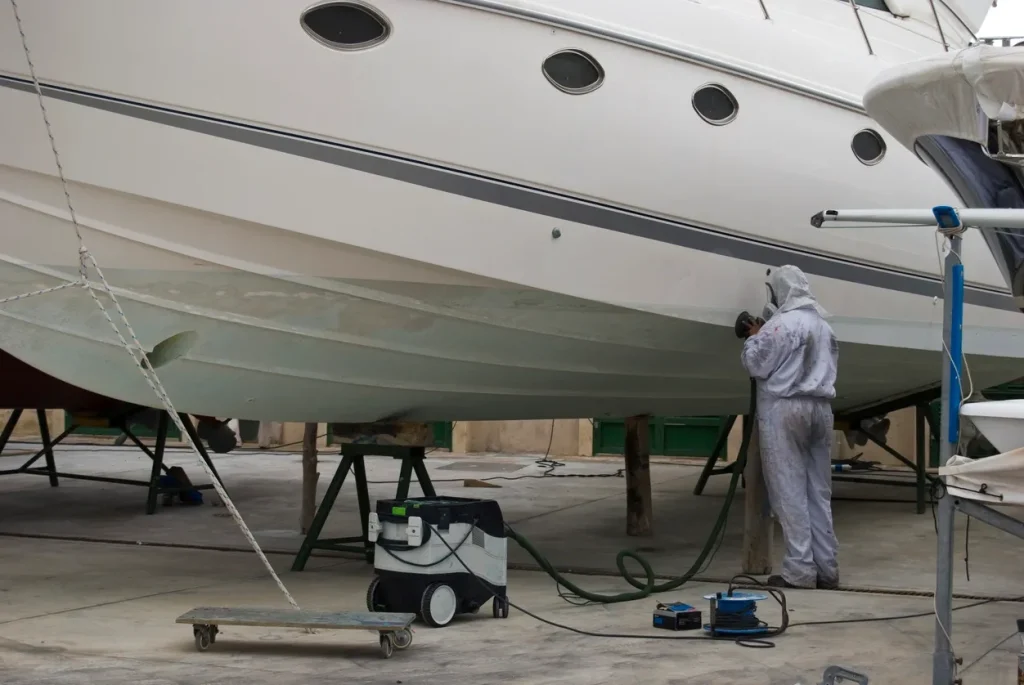Boating enthusiasts know that maintaining a boat’s electrical system is vital for water safety, efficiency, and enjoyment. Tackling electrical repairs yourself can save money and provide a sense of accomplishment, but it’s essential to approach the task methodically. Here’s the ultimate checklist to guide you through DIY electrical boat repairs effectively and safely.
1. Assess Your Tools and Equipment
Before diving into repairs, ensure you have the right tools. A well-equipped toolkit can make the difference between success and frustration. Here’s what you’ll need:
- Multimeter: For measuring voltage, resistance, and continuity.
- Wire Strippers and Crimpers: To handle wiring tasks with precision.
- Marine-Grade Electrical Tape: Durable and waterproof.
- Heat-Shrink Tubing: For insulating connections.
- Marine-Grade Wires and Connectors: Designed to withstand harsh marine environments.
- Screwdrivers and Wrenches: For disassembling and reassembling components.
2. Prioritize Safety
Electrical repairs can be hazardous. Follow these safety guidelines to protect yourself and your boat:
- Disconnect the battery before starting any work.
- Wear rubber gloves and non-conductive shoes.
- Use insulated tools to avoid accidental shorts.
- Work in a dry, well-ventilated area.
- Keep a fire extinguisher rated for electrical fires nearby.
3. Inspect the Electrical System
Start with a thorough inspection to identify issues. Look for:
- Corrosion: Check terminals, connectors, and wires for rust or greenish deposits.
- Frayed or Damaged Wires: Replace any compromised wires.
- Loose Connections: Tighten screws and fasteners.
- Burn Marks or Overheating: These indicate potential short circuits or overloaded circuits.
4. Test the Battery and Charging System
Your boat’s battery is the heart of its electrical system. Follow these steps to test it:
- Use a multimeter to check the battery voltage. A fully charged 12V battery should read around 12.6 volts.
- Inspect the terminals for corrosion and clean them if needed.
- Test the alternator output to ensure it’s charging the battery correctly.
5. Address Wiring Issues
Marine environments are tough on wiring, so repairs or replacements may be necessary. Here’s how to handle wiring tasks:
- Replace damaged wires with marine-grade wires.
- Use heat-shrink tubing to insulate connections.
- Label wires clearly to simplify future troubleshooting.
- Secure wires with cable ties to prevent movement and wear.
6. Check Lighting and Navigation Systems
Faulty lights can jeopardize safety and compliance with marine regulations. Inspect:
- Navigation lights for proper operation.
- Interior and exterior lighting for functionality.
- Bulbs and fuses, replacing any that are burned out.
7. Repair or Replace Switches and Panels
Control panels and switches often experience wear and tear. Follow these steps:
- Inspect switches for corrosion or malfunction.
- Clean contacts using an electrical contact cleaner.
- Replace broken switches or panels with marine-rated components.
8. Evaluate and Repair Electrical Accessories
Many boats feature electrical accessories like bilge pumps, depth finders, and stereos. Here’s how to troubleshoot them:
- Verify connections and ensure accessories receive proper voltage.
- Test each accessory with a multimeter to locate faults.
- Replace defective components as necessary.
9. Inspect and Test Circuit Breakers and Fuses
Circuit breakers and fuses protect your electrical system from overloads. Ensure they’re in good condition:
- Test circuit breakers by flipping them on and off.
- Replace blown fuses with ones of the correct rating.
- Check for loose or corroded fuse holders.
10. Waterproof All Electrical Components
Marine environments expose electrical systems to water, salt, and humidity. To protect your repairs:
- Use marine-grade connectors and terminals.
- Apply dielectric grease to connections to prevent corrosion.
- Seal exposed wires with heat-shrink tubing or marine tape.
11. Perform a Final System Test
After completing repairs, test the entire electrical system to ensure everything works as intended:
- Reconnect the battery and power up the system.
- Test all lights, accessories, and devices.
- Monitor for any unusual sounds, smells, or overheating.
12. Document Repairs
Keep a record of your repairs for future reference. Include details like:
- Components replaced or repaired.
- Tools and materials used.
- Dates of maintenance.
- Notes on troubleshooting processes.
Pro Tips for Successful DIY Electrical Boat Repairs
- Learn Basic Electrical Theory: Understanding volts, amps, and ohms can simplify troubleshooting.
- Invest in Quality Parts: Marine-grade components last longer and perform better.
- Stay Organized: Work systematically to avoid confusion and mistakes.
- Seek Expert Advice: When in doubt, consult a marine electrician to avoid costly errors.
When to Call a Professional
While DIY repairs can address many issues, some problems require expert attention. Seek professional help if:
- You encounter complex wiring diagrams.
- There’s significant damage to the electrical system.
- Repairs involve high-voltage components.
- Your troubleshooting efforts don’t resolve the issue.
Final Thoughts
Following this ultimate checklist, you can confidently tackle DIY electrical boat repairs and keep your vessel in top condition. Not only will you save money, but you’ll also enjoy the peace of mind that comes with knowing your boat’s electrical system is safe and reliable for your next adventure.

